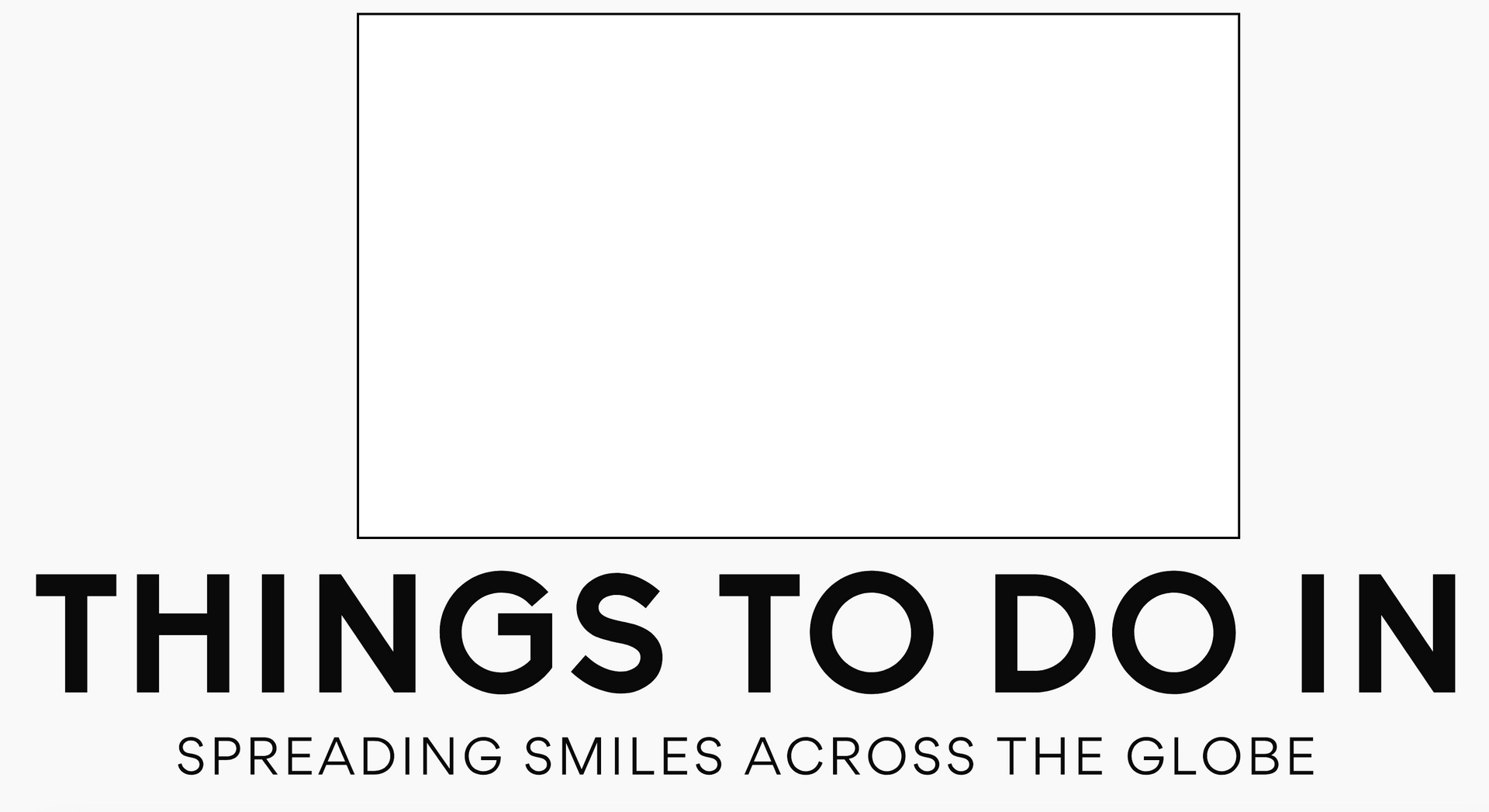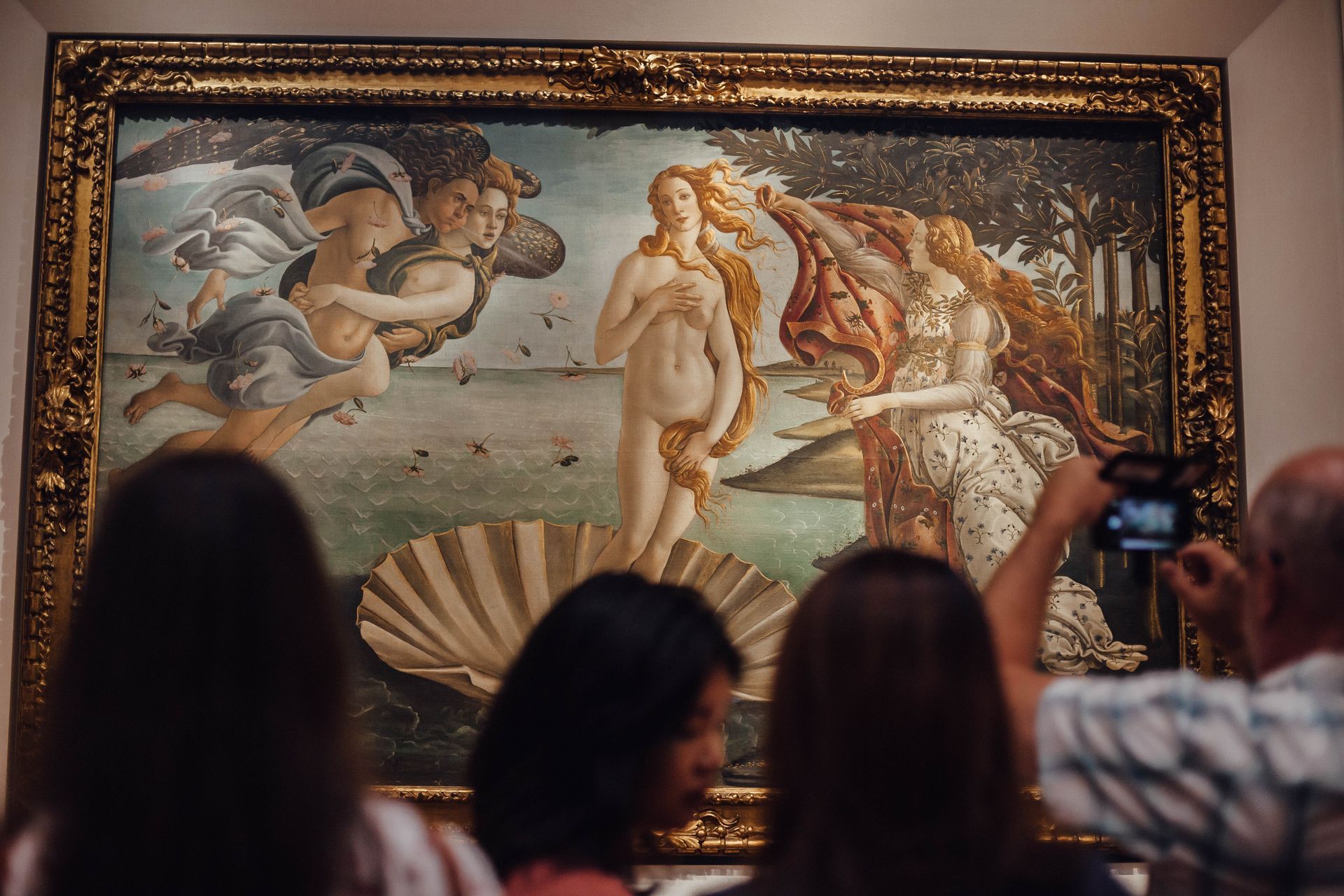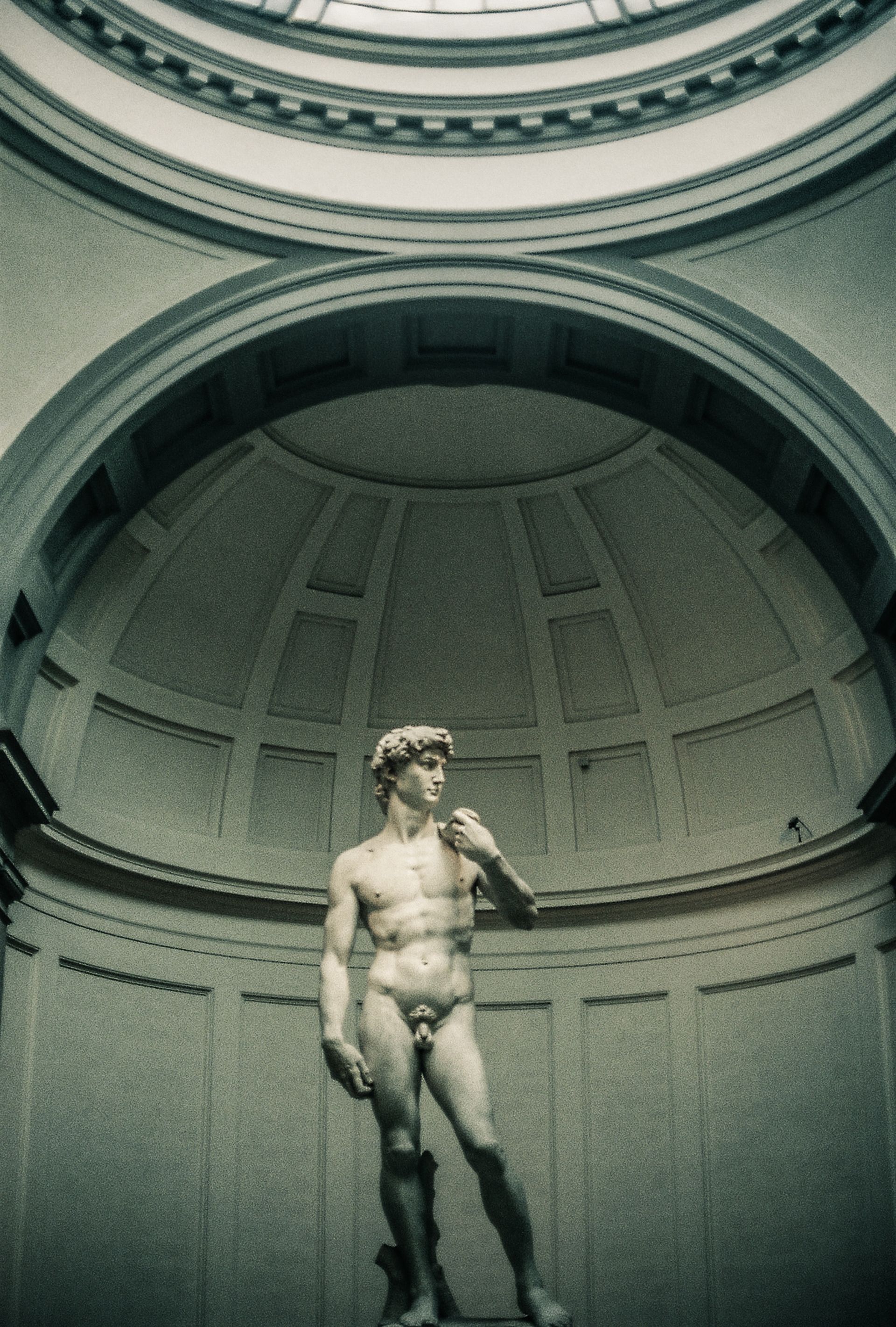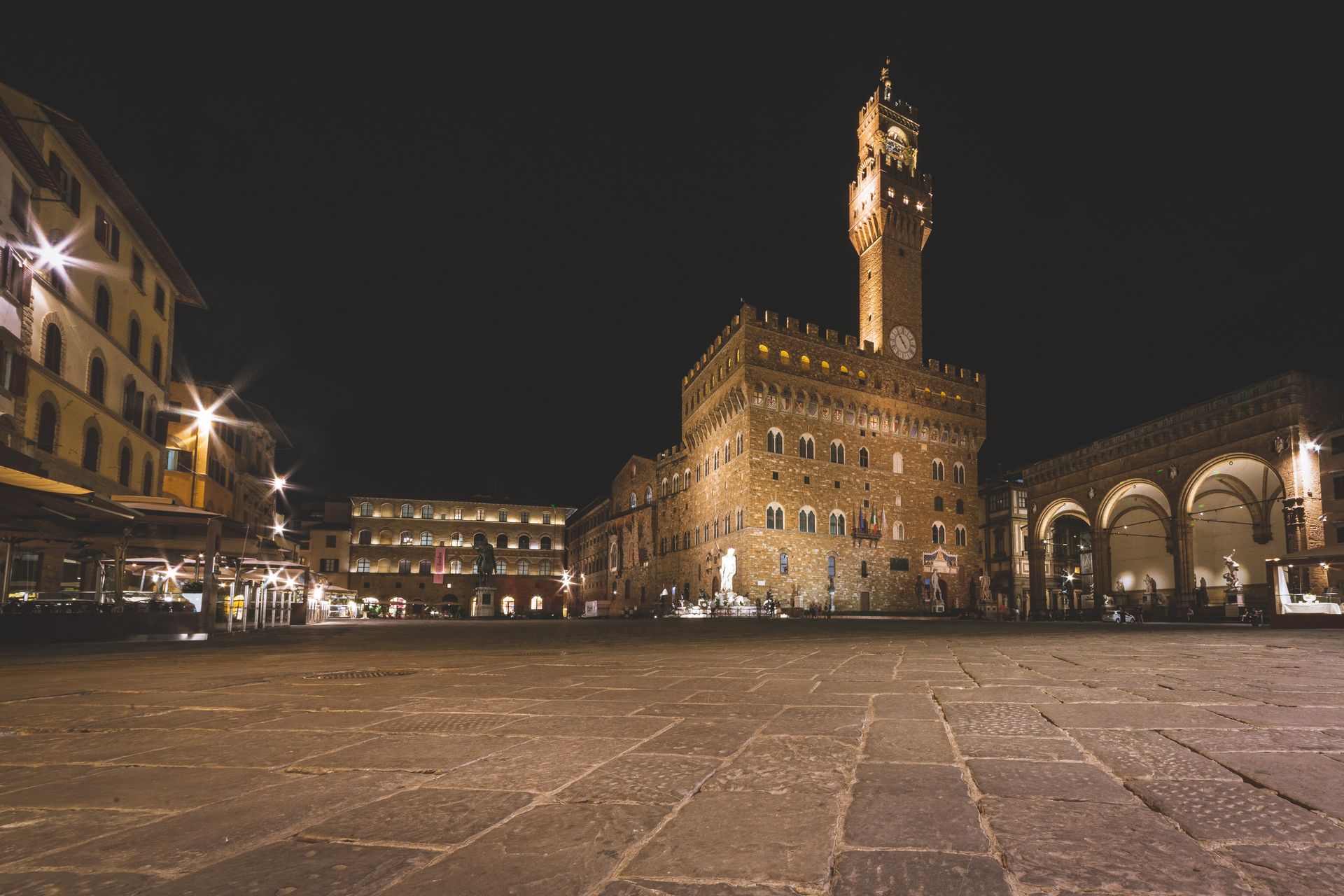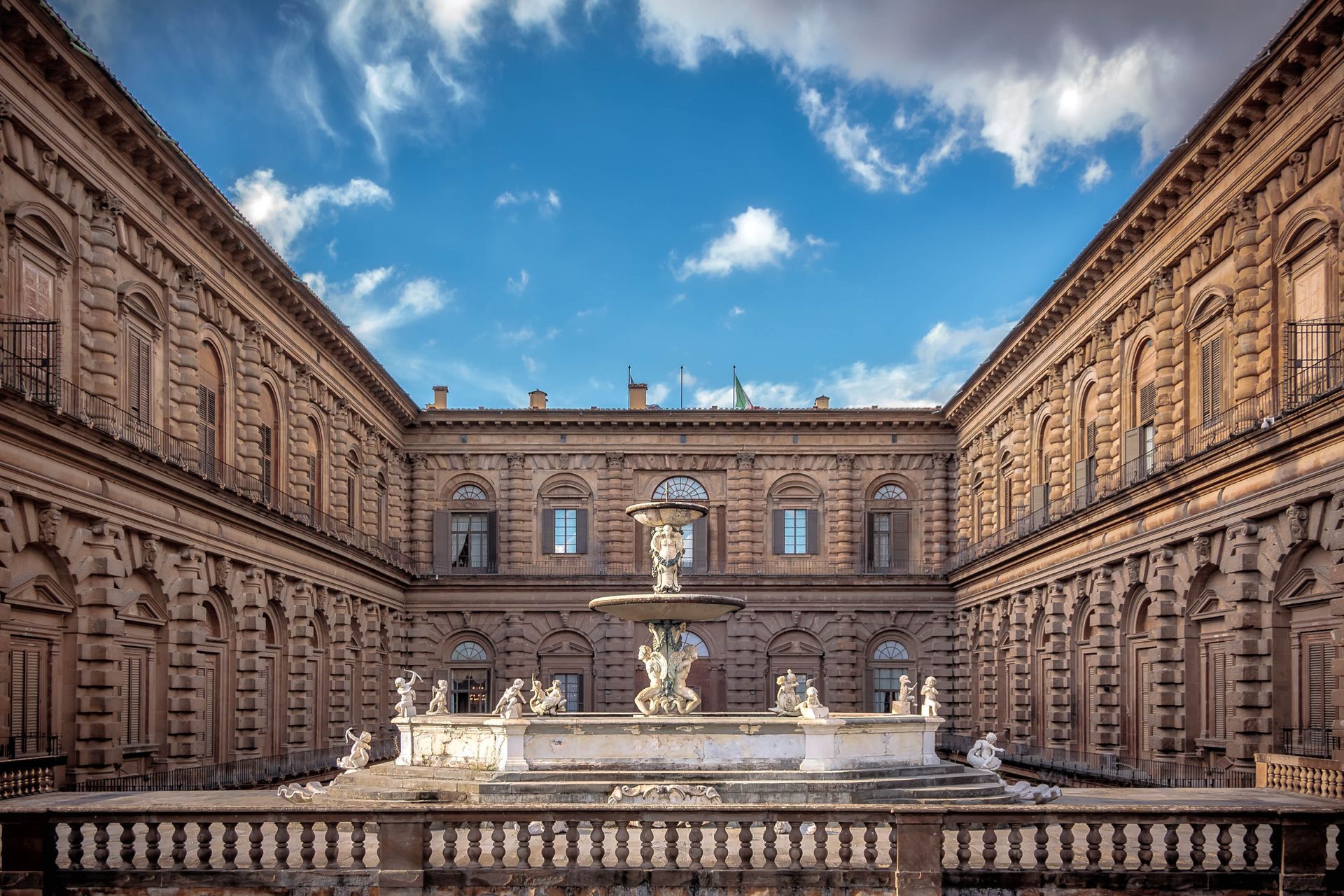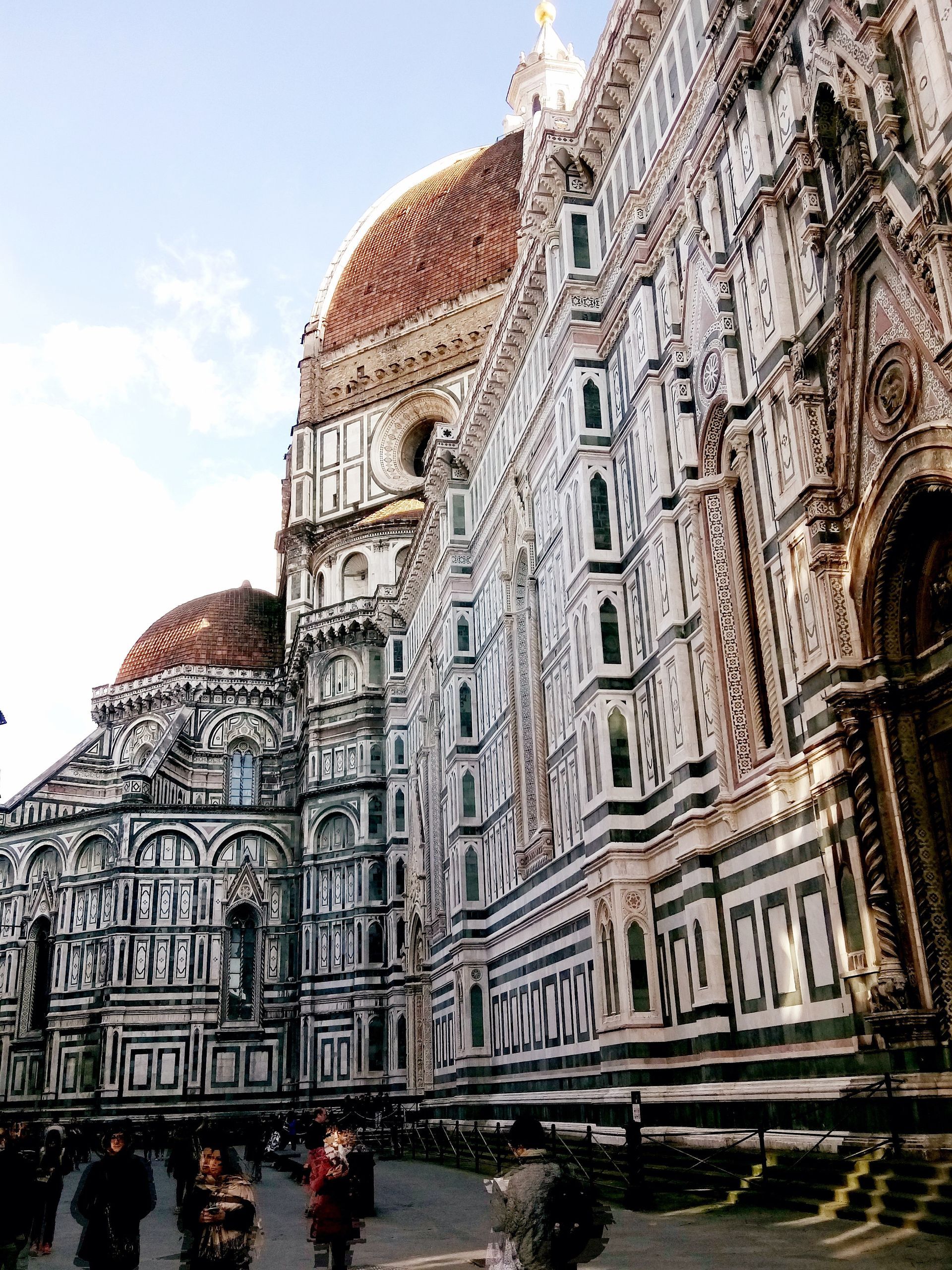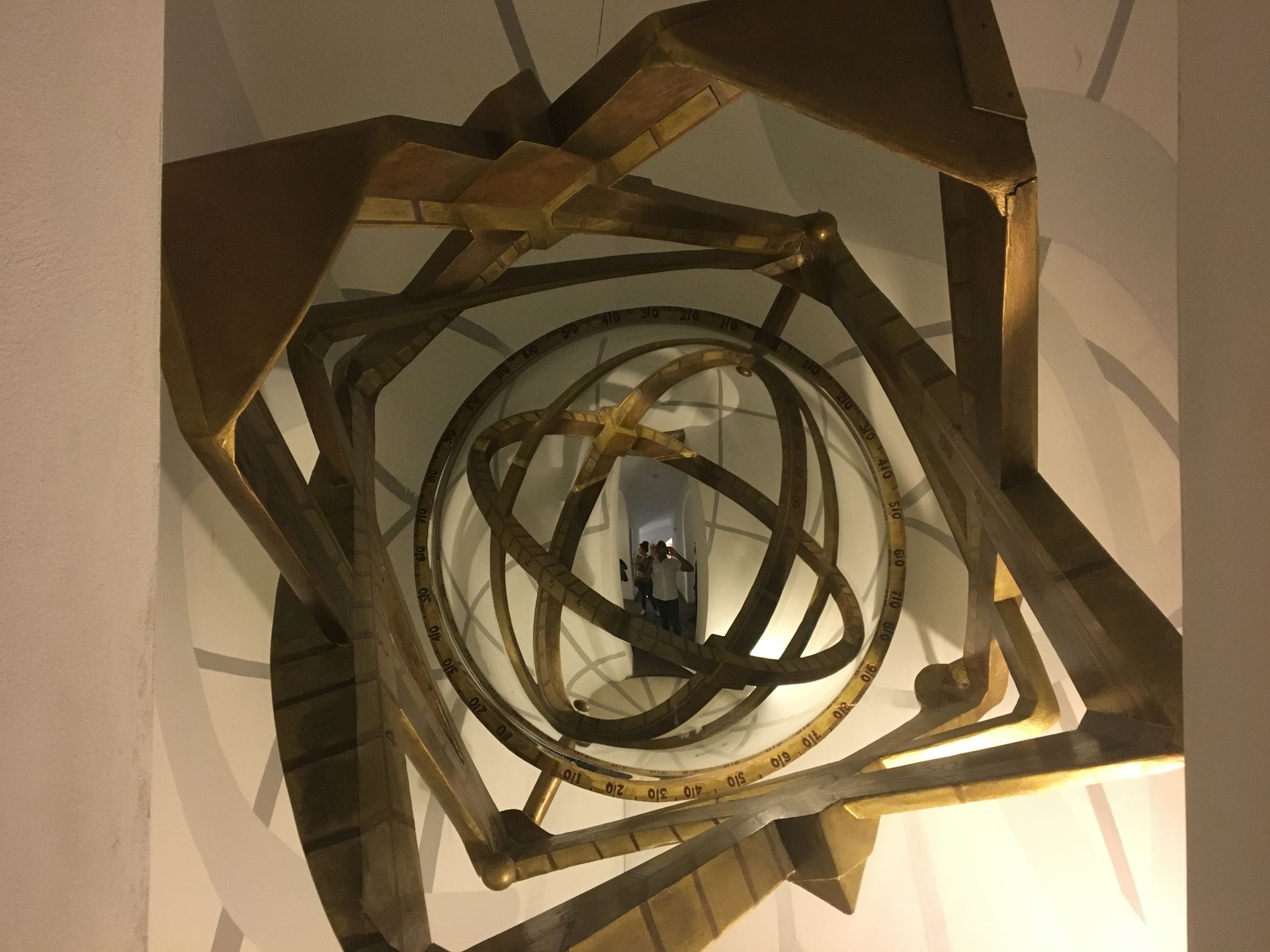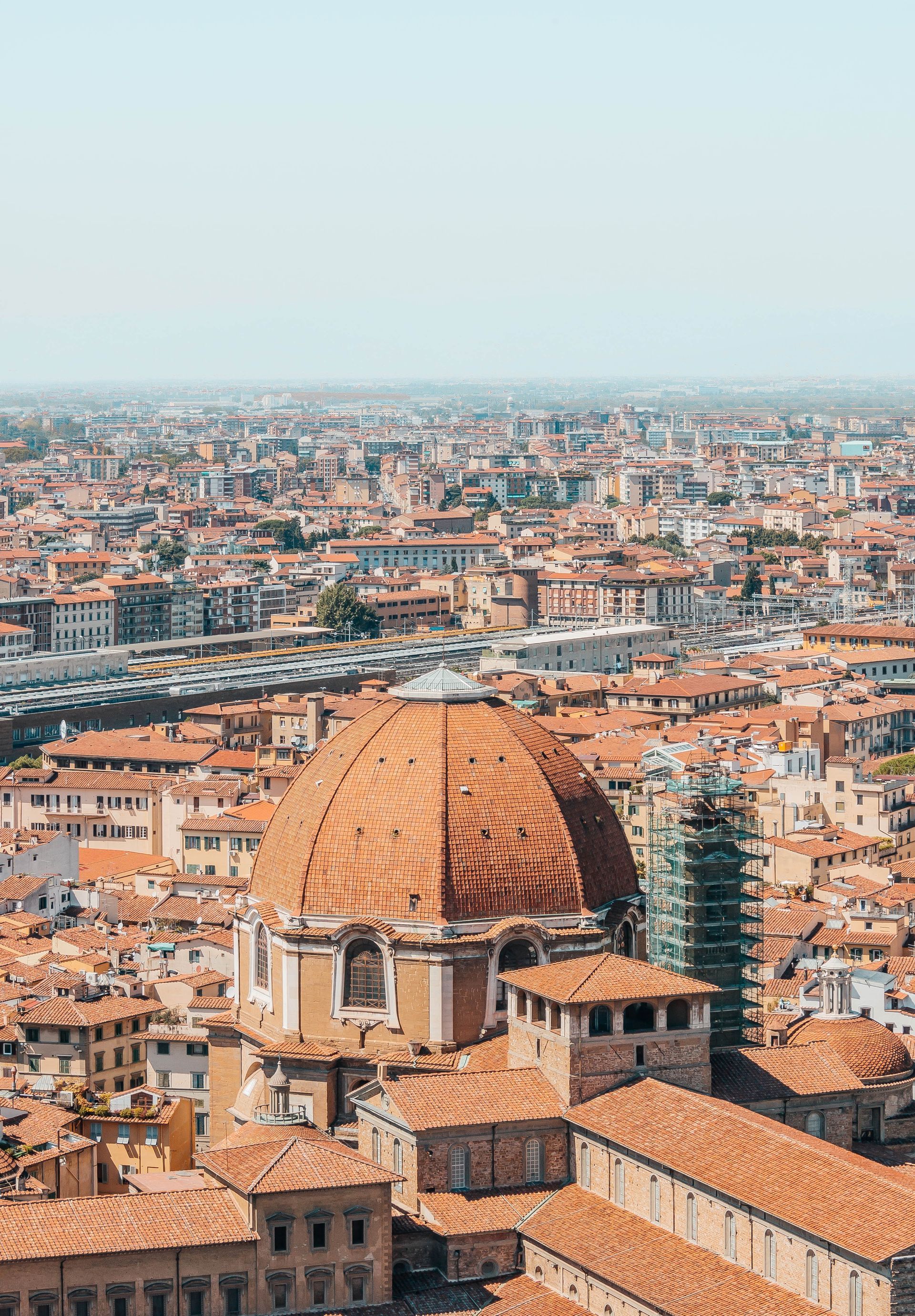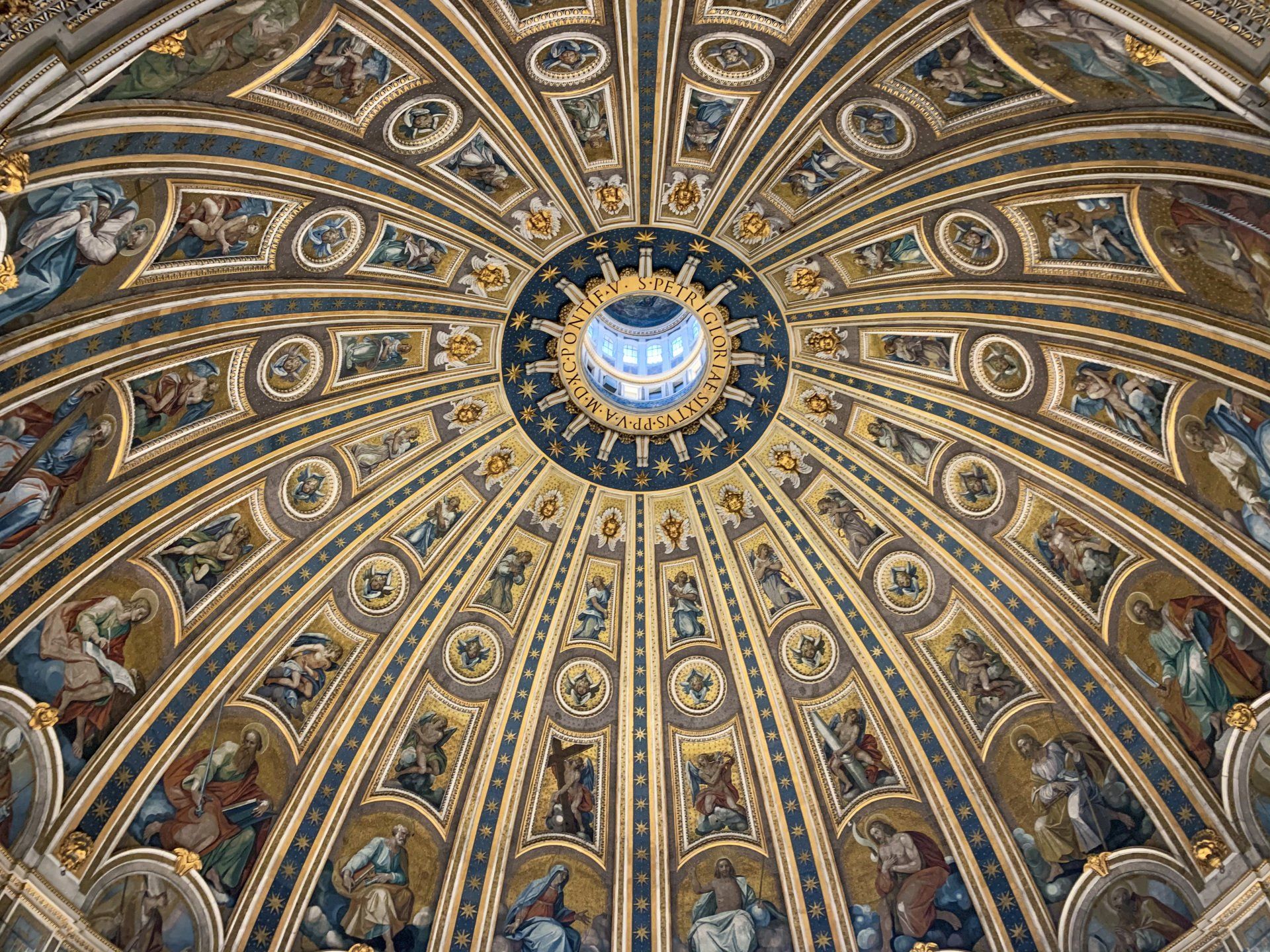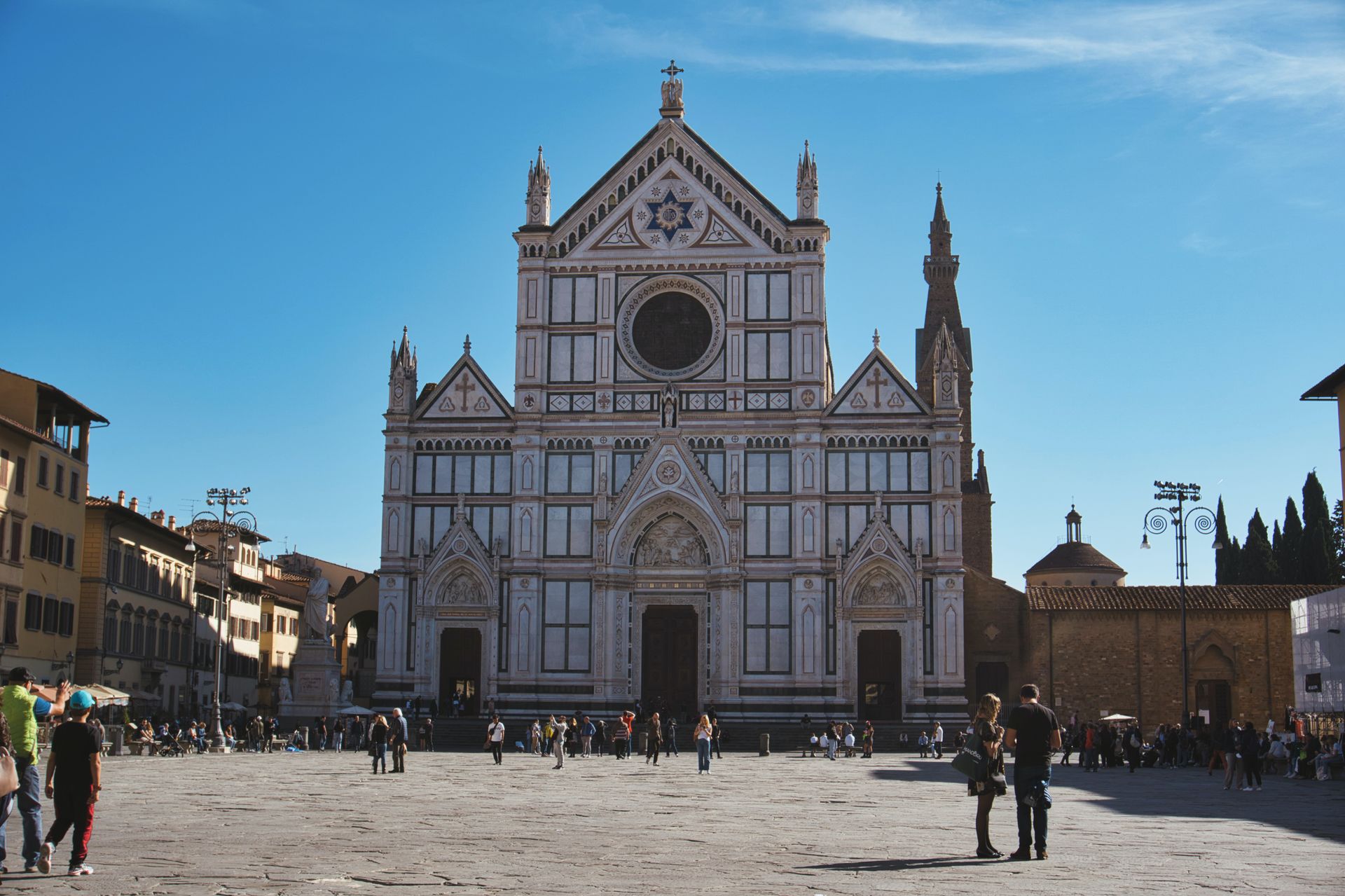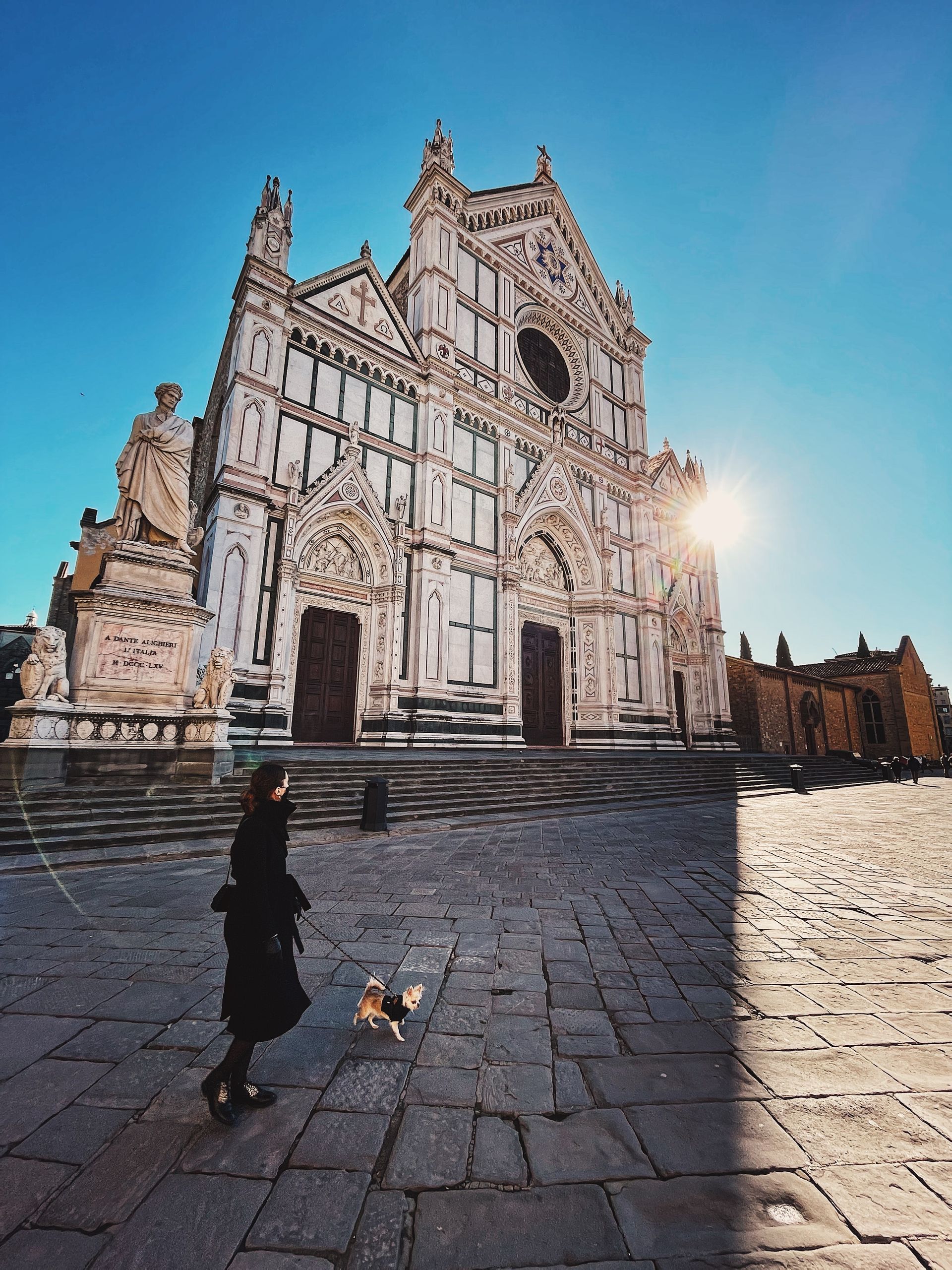Florence Museums
While we talk about the art of the Italian Renaissance, the things that pop into our mind are of course the museums. The museums of Florence in Italy house the masterpieces of the famous in the whole of Europe or most probably of the whole world. Florence museums are not comprised of masterpieces by famous artists but also treasures of Medici’s jewellery, an ancient chariot, historic fashions and Egyptian mummies. The top Florence museums that are worth giving a visit to are as follows:
1, Uffizi Gallery
2. Accademia Gallery
3. Galleria Palatina
4. Bargello Palace National Museum
5. Museo dell’Opera di Santa Maria del Fiore
6. Museo Archeologico
7. Bardini Museum
Uffizi Gallery
The Uffizi Gallery or in Italian terms Galleria degli Uffizi” stands as one of the most renowned museums in the globe due to the unique masterpieces furnished on the walls most of them belonging to the period of Renaissance. Medici left the majority of the collections to Tuscany for better utilization and for fascinating the tourists of Florence with the art pieces. Uffizi Gallery is established in the central part of Florence, and hosts artworks by famous Italian masters like Raffaello, Leonardo da Vinci, Michelangelo, Cimabue, Giotto and Botticelli. If you are visiting Florence then the Uffizi Gallery should be included in your list.
Accademia Gallery
The Accademia Gallery is located in Florence, Italy is known for its collection of sculptures by the world-class masters of the Renaissance like Michelangelo. His sculptures which bring tourists to this Accademia Gallery annually are “St. Matthew”, the famous “ David”, “Prisoners” and the “Tribune”. The Accademia’s central hall contains artwork by Italian artists like Orcagna, Alessandro Allori, Andrea del Sarto, Pontormo, Domenico Ghirlandaio Sandro Botticelli and other painters. The majority of the art collections belonged to the Medici family that were donated to Tuscany’s Grand Duchy. A section that has been added is the “ Museum of Musical Instruments”, it exhibits old and unique masterpieces by Bartolomeo Cristofori and Stradivari.
Palazzo Vecchio
Palazzo Vecchio takes us back to the three periods of history, it provides Renaissance paintings and chambers, a fortress of the Medieval age and the ruins of Romans, an instance where history and art are eternally remembered. Palazzo Vecchio stands as the civil power’s symbol of Florence city whose exact project is assigned to Arnolfo di Cambio. Palazzo Vecchio is situated in Piazza della Signoria, one of the most significant squares present in Florence and is located between Arno and Piazza del Duomo, the entrance of the square holds the sculptures of the replica of David by Michelangelo, Cacus and Hercules.
Pitti Palace
The Pitti Palace is a large Palace located in Florence belonging to the Renaissance period and is adjacent to Ponte Vecchio. This Pitti Palace was demanded by Lucca Pitti, a banker of Florence so that he could challenge the Medici family. Around 1440, while the Pitti Palace was under construction, it was the most impressive and largest residence of Florence. The principal block of the Palazzo also known as corps de logis sums up to 32,000 square metres. Cosimo I de Medici, as well as his better half Elanor, purchased the Palace in 1550 and eventually, it became the symbol of the power of the Medici.
Opera del Duomo Museum
The Opera del Duomo Museum or “ works commission” is the workshop of the Cathedral that was established by the Florence Republic in 1296 to look after the building of the bell tower and the new Cathedral. In 1436, the completion of the Cathedral took place along with the finishing of the dome of Brunelleschi. From then onwards the major task entrusted to the Opera del Duomo Museum was the conservation of the monuments along with the Baptistery of San Giovanni. The Museum was established to house the artworks over the centuries which had been finally removed from the Baptistery and the Duomo.
Museo Galileo
The Museo Galileo is the science museum of Florence, Italy and is named after Galileo Galilei, the well-known Italian scientist. The housing of the museum is done in Palazzo Castellani, a palace belonging to the medieval period situated on the Lungarno riverfront of Florence adjacent to the Uffizi Gallery. Museo Galileo is a building made up of bricks that was initiated in the 12th century and used to be known as Castello d’ d'Atrafronte. The Museo Galileo was formerly known as “ Instituto e Museo di Storia della Scienza” which was reopened and a renovation in the year 2010. The Museo Galileo consists of scientific instruments of history from the compilation of the Medicis.
Cappelle Medicee
The Cappelle Medicee is the graveyard of the Medici family and is currently Florence’s state museum and gathered some spaces from the “ Basilica of San Lorenzo”. The rooms are famous as Capelle Medicee and were constructed around the 16th and 17th centuries as Brunelleschi Basilica’s extension for celebrating the family of the Medicis. It is now a museum and one can get into it from Basilica back in Piazza Madonna degli Aldobrandini. Attractions near Capelle Medicee are as follows:
- Basilica di san Lorenzo
- Laurentian Medici Library
- Mercato Centrale
- Riccardi Medici Palace
- The Baptistery of St. John
- Cathedral of Santa Maria del Fiore
Bargello National Museum
The Bargello National Museum is situated in the magnificent Palazzo del Bargello, it was founded in 1255, and the architecture was Capitano del Popolo’s headquarters and later of the Council of Justice and Podesta. It became Captain of Justice’s living quarter in 1574 and was operated as a prison. Apart from a series of additions and alterations which changed the actual scheme during the 14th and 15th centuries, the pleasant severity was preserved by the palace and is amazingly viewed in the balcony’s courtyard as well as the on the first floor’s large hall, a wrapped staircase made in the 14th century takes you to an upper loggia.
San Marco Museum
San Marco Museum is a must-visit destination for the building of the museum is worth seeing. This comprises the previous Dominican convent enlarged and restored to its current size by Cosimo the Elder de’ Medici, the favourite architect of Michelozzo. The architecture was dedicated in 1443, it is a place for religious activities and the personalities like Girolamo Savonarola, the Beato Angelico and St. Antonino, Florence’s bishop highlighted it. San Marco Museum provides tourists with an exemplar of the intact conservation of the convent belonging to the fifteenth century, its harmonious and rational scheme is based on the innovations of Brunelleschi.
Basilica of Santa Croce in Florence
Basilica of Santa Croce in Florence is a Franciscans Cathedral in Florence and sets a perfect example of the architecture of the Gothic period. It was started in 1294 with the design of the famous Arnolfo di Cambio completed in 1442 with a deviation of the Gothic Revival belonging to the 19th century. On the inside walls of the Basilica of Santa Croce in Florence are saved the show-stoppers of the proto-Renaissance or the Tuscan Gothic. There are exemplars of masterpieces by artists belonging to the beginning of Renaissance art like Benedetto da Maiano, Andrea della Robbia, Mino da Fiesole, Donatello and Bernardo Rossellino.
Free museums in Florence
The door to history and art is allowed for tourists by providing Free museums in Florence, on the first Sunday of every month or on special occasions. The tourists can enjoy the cultural heritage and immense artistic ambience conserved in the State museums of Florence. Tourists can take a stroll to the centre of history by visiting Free museums in Florence, and thereby enjoying the culture and historical significance, all museums in Florence are not free. The Free museums in Florence on the first Sunday of the month are as follows:
- Uffizi Gallery
- Medici Chapels
- Accademia Gallery
- Pitti Palace
- Palazzo Davanzati
- San Marco
- Medici Villas
FAQ about Florence Museums
Got a question? We’re here to help.



